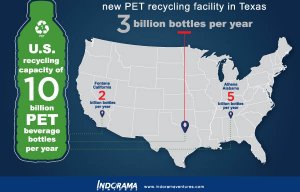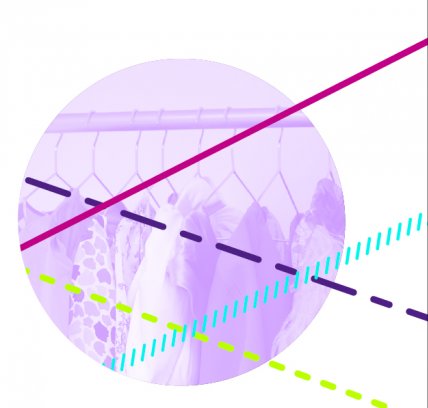
IVL adds third US PET recycling operation
Rental, resale, repair and remaking already represent a $73 billion market.

24th November 2021
Innovation in Textiles
|
Cowes, United Kingdom
Circular business models, in sectors such as rental and resale, have the potential to claim 23% of the global fashion market by 2030 and grasp a US$700 billion opportunity, according to new research from the Ellen MacArthur Foundation.
In its latest report, Circular Business Models: Redefining growth for a thriving fashion industry, the foundation shows how circular business models offer significant potential for greater revenue, while cutting the volume of new clothing and accessories produced.
Four examples of circular business models – rental, resale, repair and remaking – already represent a $73 billion market and are expected to continue growing as customers become increasingly motivated by affordability, convenience and environmental awareness.
Add-ons
Currently, however, these models do not always lead to environmental benefits, particularly if they are seen purely as ‘add-ons’ to a traditional wasteful model as opposed to central to all business activities. Incentivising product take-back for resale, remaking or recycling by offering vouchers for new products, for example, may fuel more production. Rental models that offer clothes not designed to withstand many wears and cleaning cycles increase the chances of that model being economically and environmentally unviable. Ultimately, if not designed to be part of the system in which it sits, clothing will end up in landfill after very few uses.
To maximise the positive outcomes of circular business models and realise their full potential for better economic growth and environmental impacts the foundation recommends four key actions:
-Rethink performance indicators, customer incentives, and customer experiences. Shifting to a business model based on increasing the use of products, rather than producing and selling more products, requires the business to rethink how it measures success, and to encourage its customers to opt for its circular offering through carefully designed incentives and enhanced customer experiences.
-Design products that can be used more and for longer: To maximise the economic and environmental potential of circular business models, products need to be designed and made to be physically durable and able to be remade and recycled at the end of their use.
-Co-create supply networks able to circulate products locally as well as globally. To successfully keep products in circulation, fashion supply chains – currently designed for a predictable one-way flow of products – need to be transformed into supply networks capable of circulating products locally and globally, through collaboration and the use of digital technologies.
-Scale a wider range of circular business models. Scaling a variety of circular business models that generate revenue without producing new products can increase the overall economic and environmental opportunity long term.
“Not only do circular business models have massive potential to become mainstream, they provide new and better growth for the fashion industry,” said Marilyn Martinez, fashion initiative project manager at the Ellen MacArthur Foundation. “Clothing production doubled between 2000 and 2015, while the time we use clothes fell by more than a third. Circular business models can help turn this around and create a thriving industry that takes a lead on tackling global challenges such as climate change and biodiversity loss.”

Business intelligence for the fibre, textiles and apparel industries: technologies, innovations, markets, investments, trade policy, sourcing, strategy...
Find out more